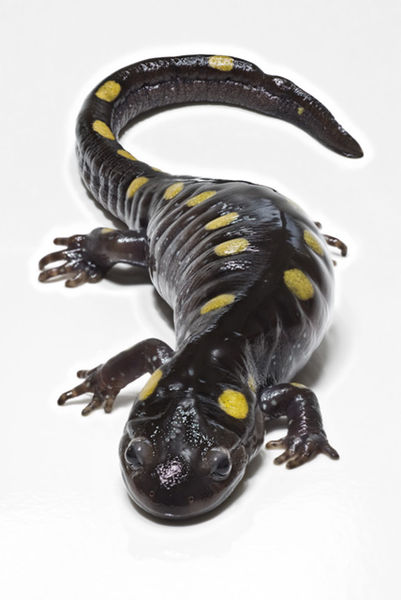
Before we get into today’s Wild Fact, I have to take a quick second to wish a HAPPY BIRTHDAY to my beautiful niece, Taylor, who is turning an incredible 7 years old today. Have a great day, Tay and enjoy your party at Jungle Cat World this weekend. It appears that the love for animals runs in the family, doesn’t it?
Okay, back to our regularly scheduled Wild Fact…..
Now I know you are all sad because it is Friday and that means you will have to wait 2 days before you get to read another Wild Fact but please try to hold back the tears long enough to read the last fact of the week. We have a very special Wild Fact today as the animal was suggested by my friend, King Somerset (yes, I have royal friends…..so this is an inside joke but I do appreciate his animal suggestion). The great King recommended we learn about the beautiful Spotted Salamander, which can be found throughout Eastern United States and Canada.
Although the Spotted Salamander is quite abundant in Canada and the United States, I bet many people have gone their entire lives without ever getting the opportunity to spot one of these brightly coloured salamanders. No, it isn’t just because people are not very observant but instead the Spotted Salamander lives a very secret life. They spend the majority of their life hiding under rocks, logs or squatting in the burrows of other animals. Personally, I think with all of this secrecy, this salamander species is up to something so we had better keep a close eye on them.
These sneaky little salamanders usually venture away from their hiding place at night in search of some scrumptious dinner. If you don’t feel like staying up late to catch a glimpse of these beautifully coloured salamanders then your best chance would be after a heavy rain. The Spotted Salamander will actually travel long distances over land after a nice heavy rainfall in order to find a mate and to lay their eggs in the perfect pond. This is definitely your best chance to see these wonderful creatures.
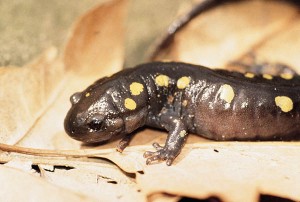
If you do spot one of these amphibians, I guarantee you will be amazed by their vibrant colours. Typically, they have a bluish-black body with two rows of yellow or orange spots. Their cool colouring may entice you to pick them up and play with them but you should be warned that the Spotted Salamander is capable of secreting a horrible, milky toxin from glands on their backs and tails. This is obviously used to convince predators not to eat them. You should be fine…..as long as you don’t try eating them!
Spotted Salamander Fast Fact – In the wild, the Spotted Salamander has been known to live up to 20 years, which is pretty incredible for a small amphibian like this.
Well, I hope you enjoyed today’s Wild Fact and if you see King Somerset (well, I guess he is technically a Duke but that is all the same to me) make sure you thank him for suggesting such a great animal. Enjoy your weekend and I will see you on Monday.

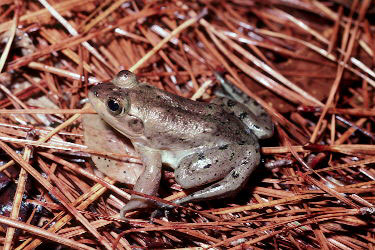

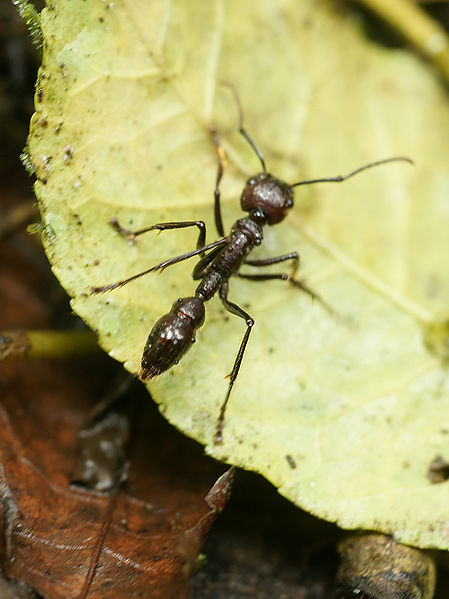
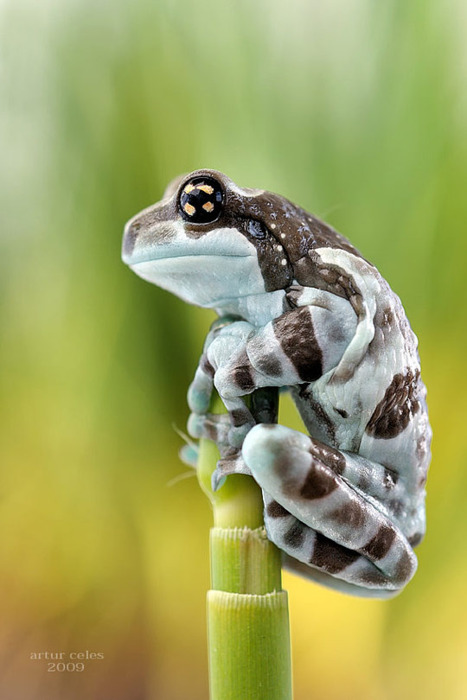
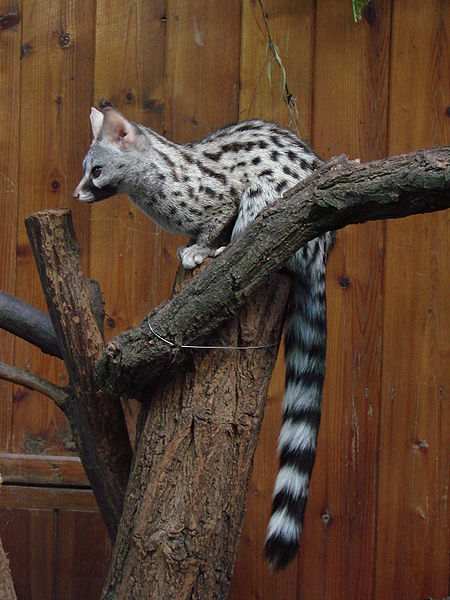
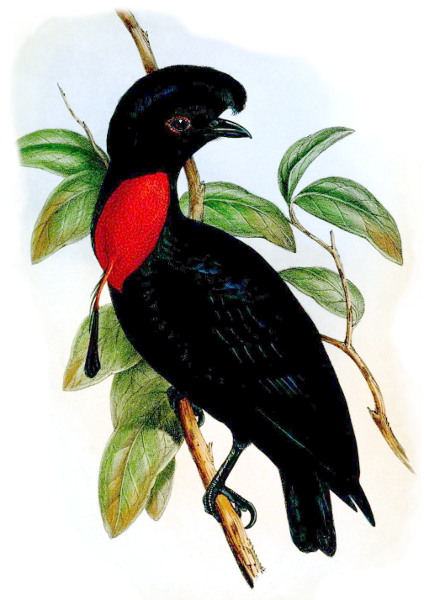
thanks i love the it plus the thanks agine